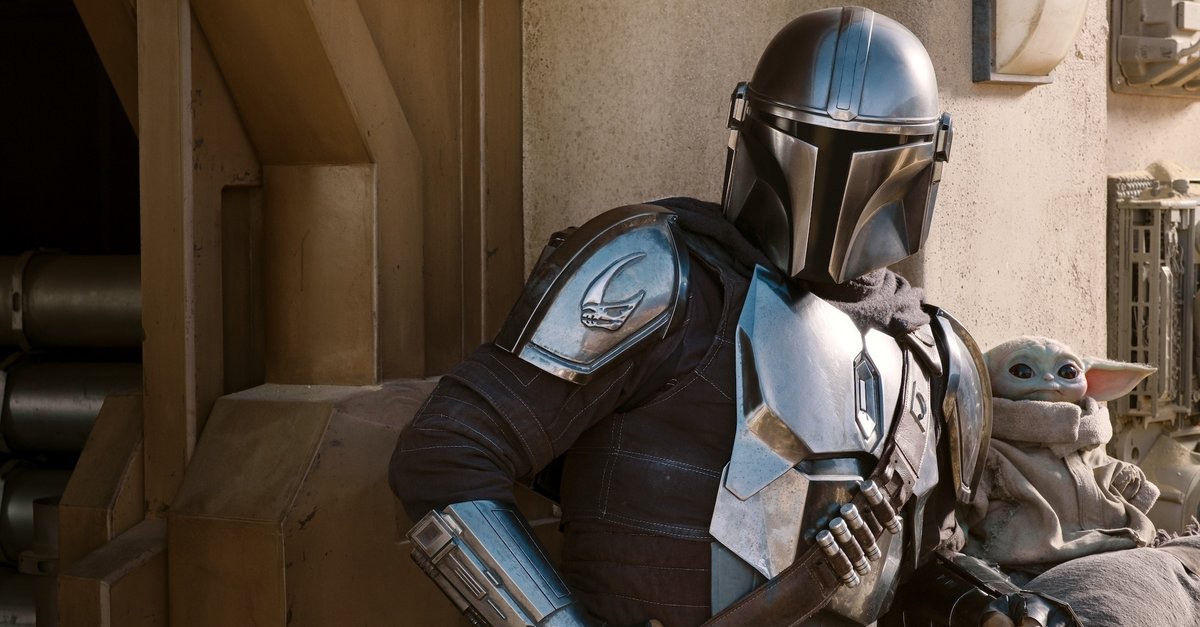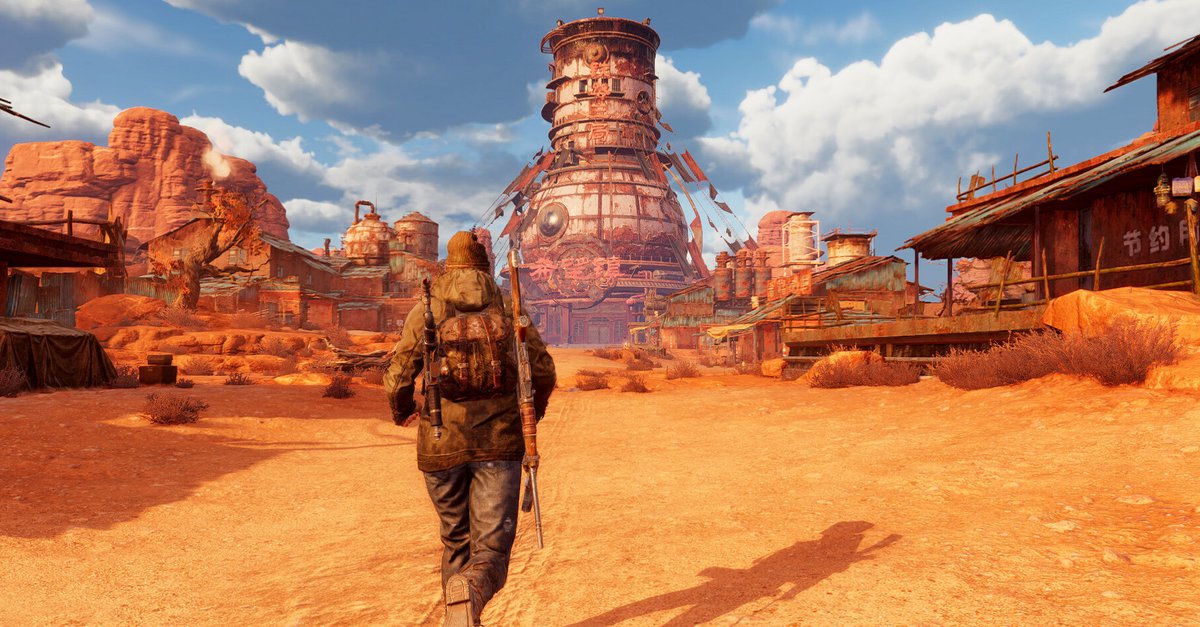The federal government is saving business models from the past
No time right now?
The government is trying to save the old trade rather than worrying about the future of trade. It would be easy to create incentives for change in retail in city centers.
The department store chain Karstadt Kaufhof has received a loan from the federal government in the amount of almost half a billion euros. A government loan for a department store group that has done a lot wrong in recent years, has not digitized enough and is otherwise more attached to the old world than to pursue an omnichannel strategy. That’s nice for the 26,000 employees – and certainly comforting in the pandemic. Calculated downwards, each job is secured with a loan of a good 19,000 euros.
For everyone else who works on digitization for their large and small companies, this is hardly understandable. Sometimes they struggle, if they are not as big as Karstadt Kaufhof or TUI, with applications, with unapproved or sluggish aid from the state, with KfW loans, for the granting of which the regulations change over time (what Tax consultants rightly despair), and last but not least with a lot of personal responsibility, because they do not receive the protective label “systemically relevant”.
Contents
How systemically relevant is a department store in itself?
But is a department store really relevant to the system at a time when inner cities are undergoing a change that we have not seen for more than seventy years? And what can specialist retailers do to remain competitive and not be interchangeable with every box pusher on the network?
It would be sensible if the state, if it were already distributing its (and thus our) money so courageously, invested in the future instead of keeping alive the past of the inner cities cast in concrete. This would be possible, for example, with funding programs that affect all business people who think outside the box of their own shop and think about sustainable business models. Just as, for example, founders are encouraged when they submit appropriate concepts, this would also be possible with retailers (of different sizes) who have been in business for a long time.
But they should also slowly get out of their comfort zone: Because more sensible than looking enviously at Amazon, Otto and Co would be to think about Ship from Store and Click & Collect, which will be offered permanently even after the pandemic . Because often the customer does not necessarily want to order from Zalando, Amazon and Co, but does so because the alternatives that fit our lifestyle are not available. “Let the click in our city” is the name of this in some cities, for example – in which the shops only have a fraction of the variants of what the customer wants.
An order management system (OMS) could solve the problem, especially in the case of very varied product ranges, that large clothing chains, for example, used to be willing to solve for their customers: “Would you prefer the jacket of this size in the other color? We don’t have it here, but we’d be happy to have you come from another branch ”, was a matter of course twenty years ago and has been abolished over time. “Too expensive, is no longer supported by the head office”, as a regular customer you hear behind the scenes today. And then there is online trading – which offers centralized or decentralized access to the entire range in all sizes and colors. Then where does the customer buy?
Another example are digital service offers that are (could) be specifically available in the branch: A touchscreen, if necessary also a simple tablet, via which the customer can check in real time where the goods are still available and, in the best case, preset them gets delivered to your home free of charge. He has already made the way to the store to try it on, so that (by the way) the return probability tends towards zero. Incidentally, you could also provision the seller, who would otherwise be allowed to stick his small number on the pick-up slip.
Shopping palaces as a shopping experience
Said long-established department stores, on the other hand, either exude the charm of bygone days (when it comes to the smaller locations) or the magic of the big city when it comes to the Kadewes and Oberpollingers of this republic. Most of them were created in the 20s and 30s as a deliberate alternative to the shop around the corner. And the employees there were still proud in later decades to work there and to present something special. The remaining houses still have to maintain this shopping experience – in combination with cleverly used digital assets and a contemporary, informal service at eye level. Incidentally, this does not only have to apply to the old temples of consumption, because shopping malls can also do this – if they do not only rely on interchangeable chain stores.
At the same time, it should help retailers if they were to take an example from the banking world, which has learned an important lesson in recent years: You don’t have to offer certain services yourself, for example in the logistical context, but can also be provided by professionals, who specialize in shopping (under their own label, of course). If the customer gets the shopping experience in a way that he does not find it so easy in online-only commerce, then retail in the cities also has a future. A consumer electronics provider who also presents premium products; a specialist dealer who passes on real know-how in usage to his customers; a music house that has instruments from a role model in the industry – all of these are things that pure online retail cannot and will not offer.
All of this costs money – a lot of money, which is then reflected in sales and sales tax. But instead of supporting a me-too product that cannot win the race with online retail, the federal government should reflect on its responsibility and retail’s strengths – and combine the best of the old and the new world with a clever mashup .



